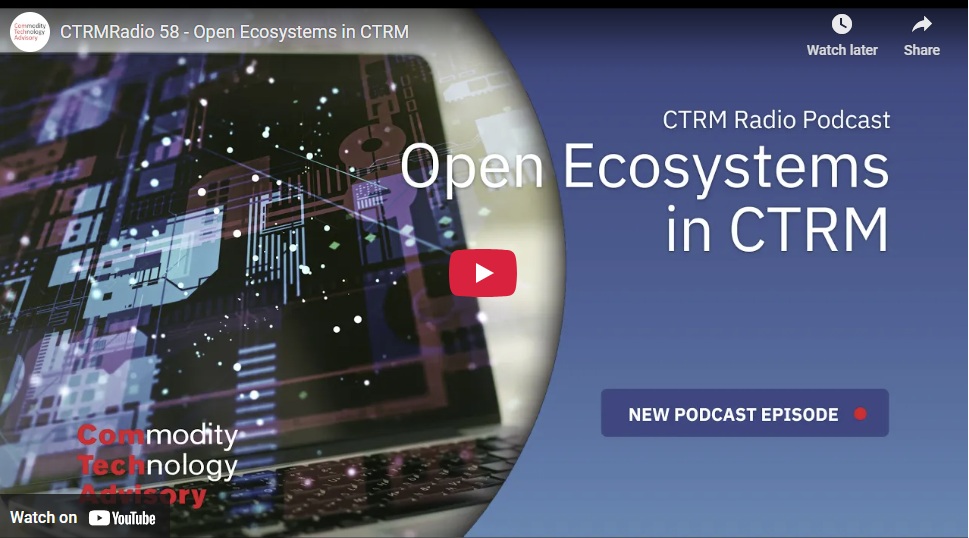So, you think it’s time to move from Excel to a more robust Commodity Trading and Risk Management system. Maybe you just want to see what’s out there or maybe there is another driver for your decision. If you have little experience with these types of decisions or CTRM systems, then here are some thoughts that might help you along your journey.
Why make the move?
There are several reasons why companies elect to move away from a spreadsheet-based solution into a CTRM system but, by really, they all boil down to the fact that spreadsheets have inherent growth risk. Those risks are relatively small when starting out but they grow over time and they compound as an organization grows. Spreadsheets are powerful tools and the power comes from their ease of use and complete flexibility. Not to mention spreadsheets don’t require any real training and they are so ubiquitous that almost all businesses use them in one way or another. So, why make the move? The reason is simple to eliminate risk! Oh the irony.
When is the right time to make the jump?
A wise man once said, “The time to repair the roof is when the sun is shining.” The truth is the earlier you can start using a CTRM system the better. The reason is that it forces you to build repeatable processes around a system instead of attempting to build controls into a spreadsheet. It’s also much easier to implement those processes starting small than it is to replace them when there is a lot of data, history, and personal attachment to those spreadsheets.
What are the risks?
Implementing a traditional CTRM is not without its own set of risks. There is the risk that it will not do what is required? There is implementation risk which means that it will never get up and running. There is also the risk that it will make life much more difficult for the team to achieve the same benefit as their spreadsheet. Additionally, albeit small, there is also the risk that the system might have an outage and won’t be available when you need it.
What is the process?
Here is where it gets more complicated. Traditional CTRMs are sold, well traditionally! This means that you will need to subject yourself to an Enterprise Sales process before you can get your hands on a system. Most CTRMs are older and don’t offer trials without contracts in place. If you are not familiar with the process check out this post where we walk you through the Journey of buying a CTRM.
How much do traditional CTRM/ETRM systems cost?
Well, it depends? How much money do you have to spend? This is basically how most CTRM/ETRM vendors price their software. The large players just have higher minimums than the smaller players but essentially there are no direct metrics for how the software is priced. At least none that they will advertise. The short answer is they are expensive! We wrote an article called 42 Reasons Why CTRMs are so Expensive. If you want to understand a little bit more about why they are expensive it’s a good place to start.
Enter OpenCTRM
We believe that this is all just the way the industry is trying to hold on to a model that had worked in the past. They don’t want to embrace a product-led SaaS model because let’s face it they can’t. To turn around now would be to change their entire business models. OpenCTRM started with the idea that we can deliver a CTRM/ETRM product in the cloud using a modern software model. We are delivering just that. If you want to be part of the revolution, come join us and try it out today free.



